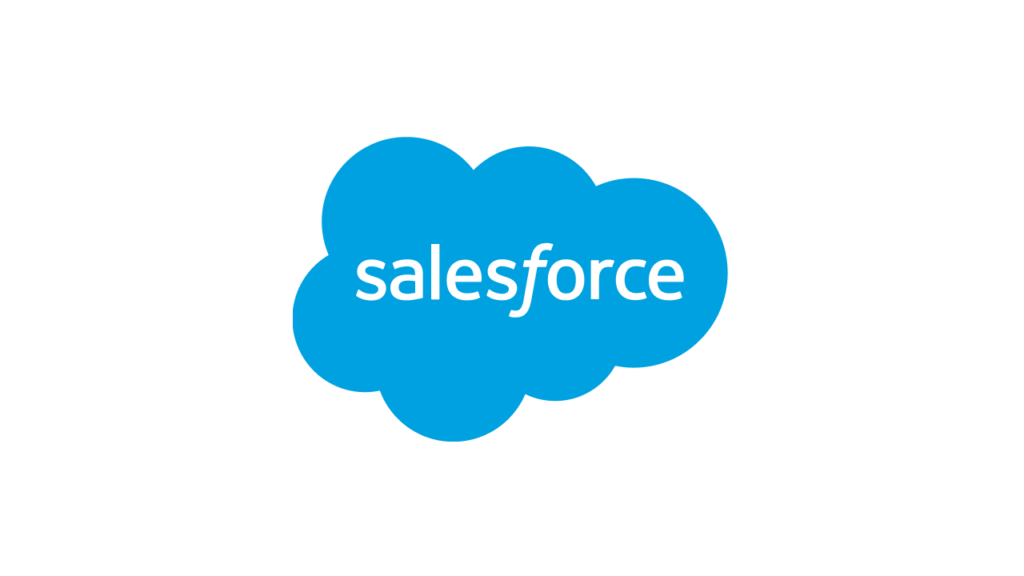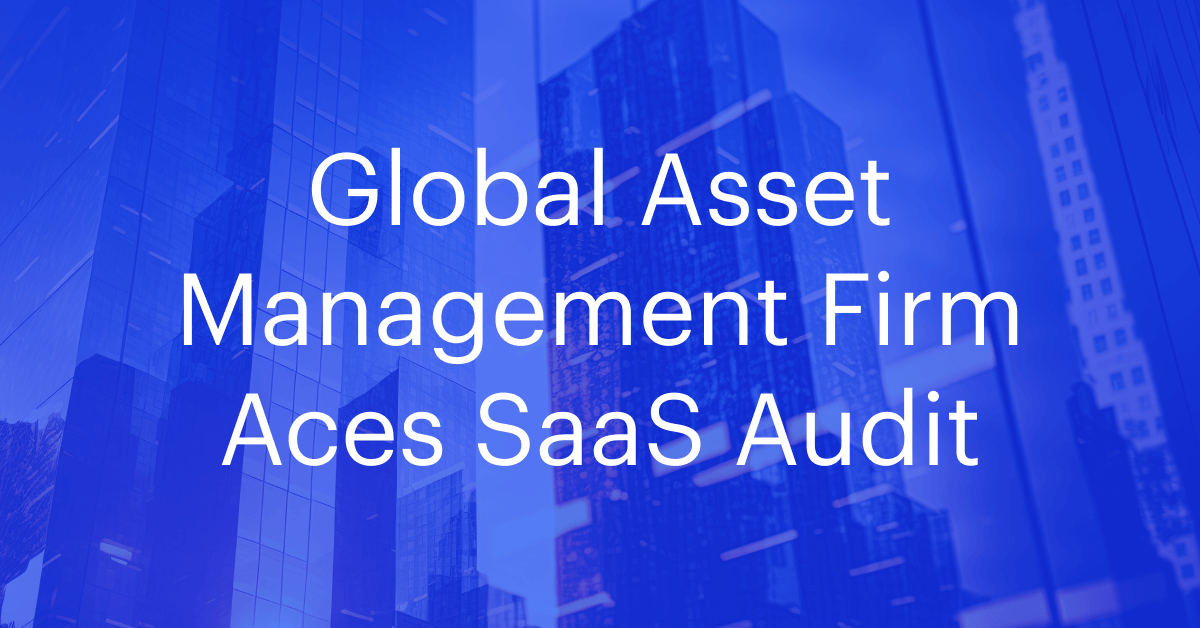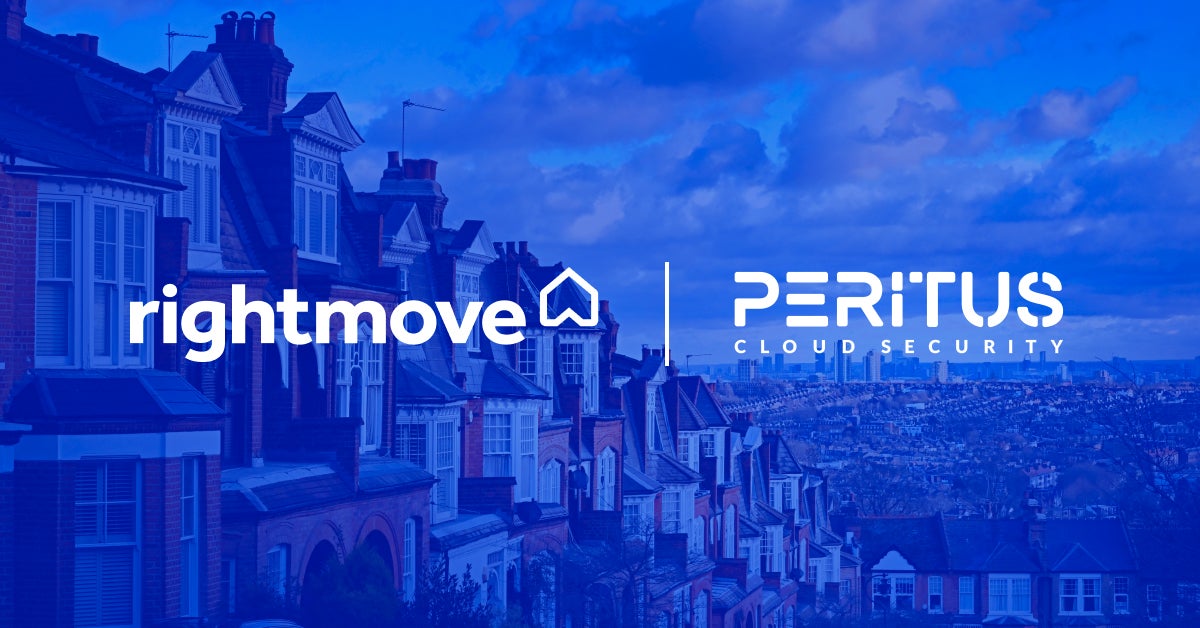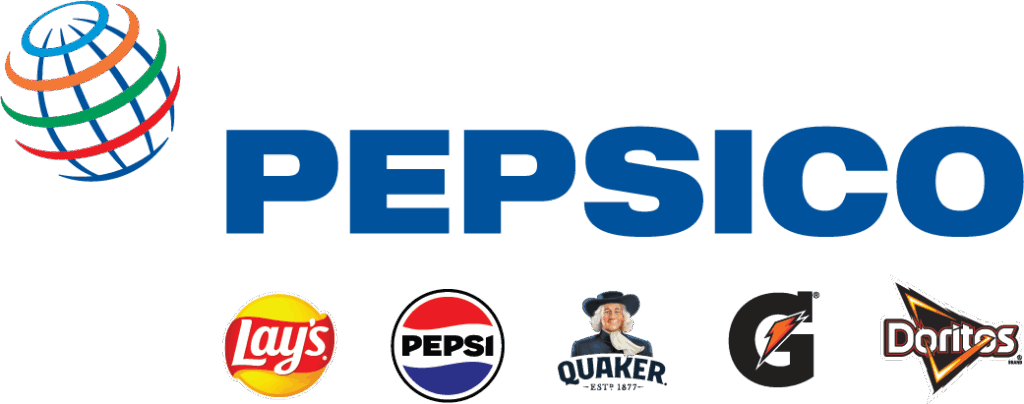SaaS Security Case Studies
Trace3 Delivers Programmatic SaaS Security Lifecycle for the World’s Largest Enterprises
Trace3 empowers Fortune 500 organizations to manage SaaS cyber risk at scale by implementing a full SaaS security lifecycle with AppOmni. With comprehensive visibility, continuous monitoring, and integrated remediation, Trace3 clients achieve efficient governance and sustainable security for complex, multi-app environments.

AppOmni’s Impact
100%
Visibility across core SaaS applications
24/7
Continuous monitoring and automated remediation
The Challenge
As SaaS applications became integral to business operations, Trace3 saw organizations struggling with fragmented oversight and rising risk. Common issues included:
- Limited visibility into app usage and data sharing
- Ineffective legacy tools that lack identity and permission intelligence
- Siloed security responsibility, with no programmatic SaaS security lifecycle
- Blurred ownership and governance in decentralized SaaS environments
Without an integrated approach, enterprises couldn’t adapt to modern audit, operational, and risk management demands.
Read how Trace3 enables sustainable SaaS security programs for the largest enterprises worldwide. The goal was to move from a reactive to a proactive approach, integrating security deeply into business operations.
“If we didn’t have AppOmni, we would be struggling to address SaaS cyber risk comprehensively for our customers. It’s been a long-standing security challenge to ensure that the right permissions, identities, entitlements, data access monitoring, and governance for all SaaS apps are delivered within a full-life cycle methodology, regardless of scale or SaaS app complexity.”
— Mark Butler, Advisory CISO, Trace3
The Requirements
Trace3 needed a SaaS security partner that could support:
Requirements
How AppOmni Addresses Them
Programmatic SaaS Security Lifecycle
Enables continuous monitoring, permissions reviews, and governance
Deep SSPM for Core SaaS Apps
Provides end-to-end visibility and risk analysis across complex platforms
Expertise with Large, Multi-stakeholder Organizations
Navigates ownership and delivers value across IT, security, and business
The Results
With AppOmni, Trace3 clients:
- Achieve comprehensive visibility, monitoring, and remediation for all SaaS apps
- Build repeatable, programmatic SaaS security programs that satisfy modern audits
- Integrate risk-based data access reviews, identity correlation, and threat intelligence
- Eliminate fragmented oversight and improve efficiency across IT and business teams
Why It Matters
Trace3 and AppOmni together deliver the full SaaS security lifecycle needed by modern enterprises, ensuring sustainable programs, efficient operations, and a strategic approach to managing SaaS risk.
About Trace3
Trace3 is a pioneer in technology consulting and IT services, partnering with major enterprises to deliver advanced security and business solutions. Based in Irvine, California, Trace3 specializes in helping organizations across industries navigate modern cyber risk and SaaS complexity with strategic, lifecycle-based approaches.
Industry
IT Value Added Reseller & Services Provider
Employees
1,300+
SaaS Apps

Use Cases
- SaaS Data Protection
- SaaS Security Posture Management
- SaaS Data Security
- SaaS-to-SaaS Cyber Risk
Related Stories
-

Global asset management firm achieves perfect SaaS audit with AppOmni
AppOmni empowers a global asset management firm with perfect SaaS audit, full visibility, and complete compliance.
-

How BluOcean Cyber revolutionized SaaS security and risk management
Learn how BluOcean overcame its client’s challenges with SaaS misconfigurations and how AppOmni’s SaaS security platform helped build a scalable, proactive SaaS security program.
-

How Rightmove secures and optimizes its expanding SaaS estate with AppOmni
Rightmove, the UK’s top property portal, strengthened security through insights and pre-configured policies with AppOmni.



